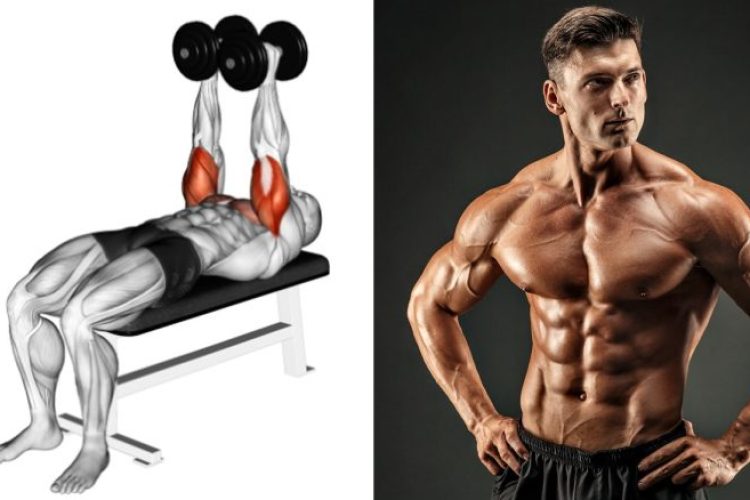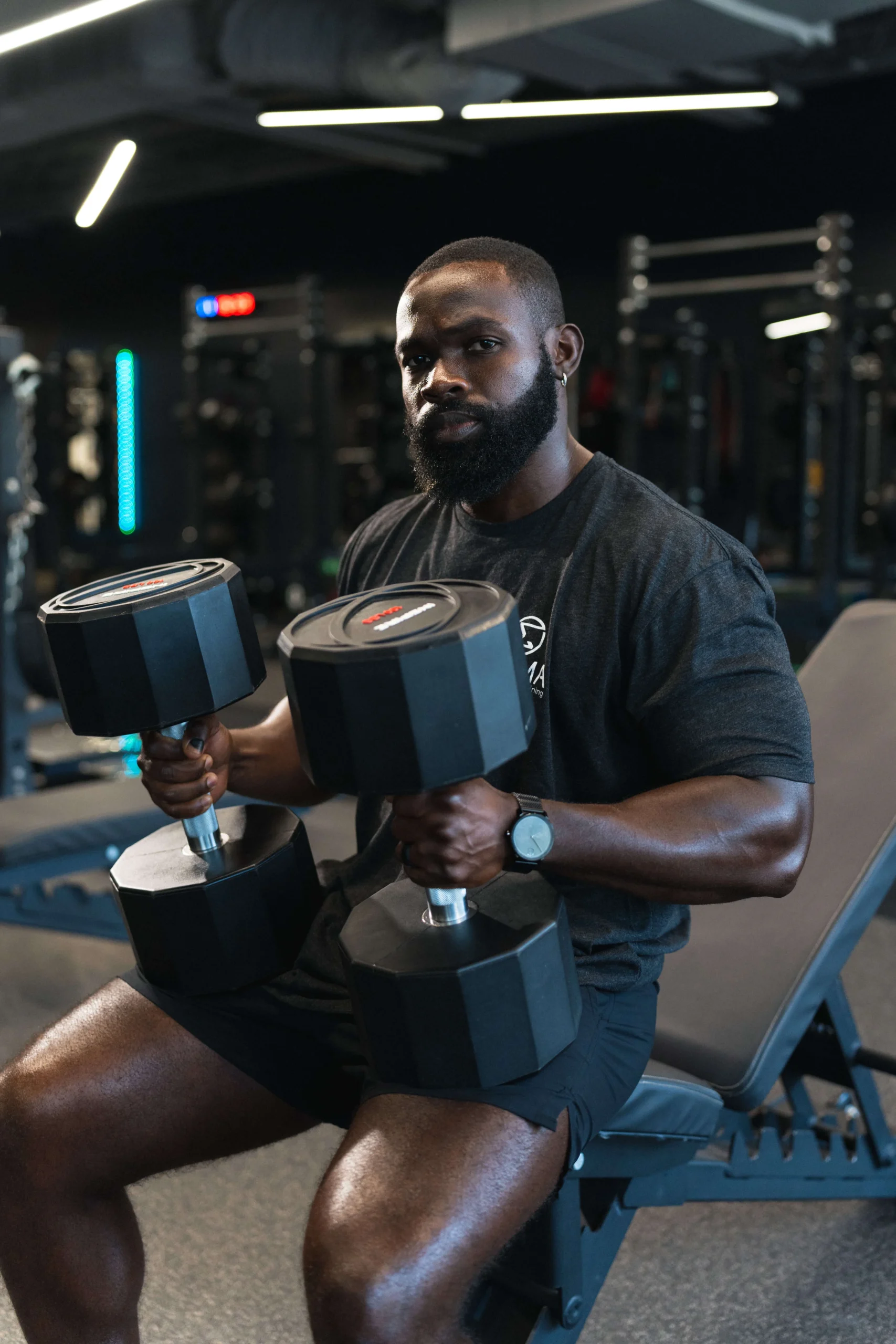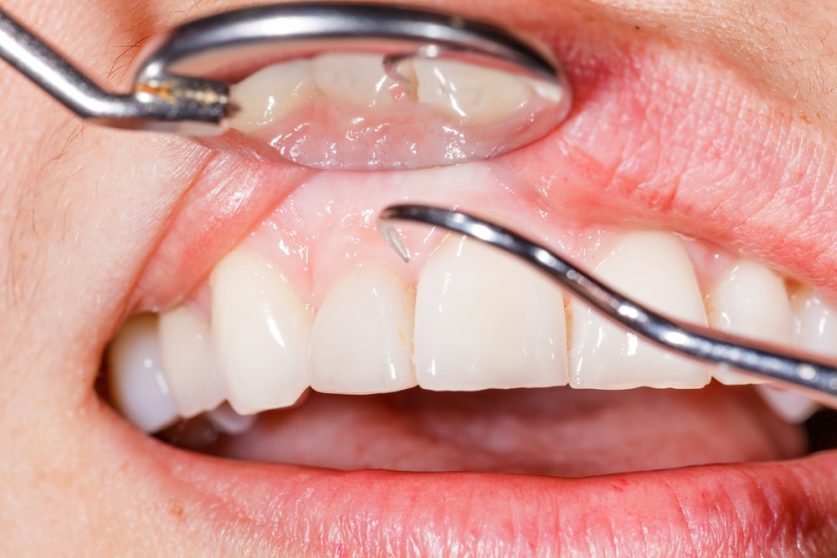How to Perform the Close Grip Bench Press and Work Your Muscles
The close grip bench press is not only one of the best ways to work your chest muscles, but it’s also one of the best exercises you can do to work your triceps and shoulders at the same time. It’s a great exercise to include in your workout routine on its own or as part of other compound movements that include more than one muscle group, such as the incline bench press or dumbbell flys and presses. Here’s how to perform the close grip bench press correctly to build muscle mass and strength in your upper body, particularly your chest and triceps muscles.
The Benefits of the Close Grip Bench Press
Unlike most exercises, close grip bench presses work every part of your chest at once. Unlike regular bench presses where you isolate specific parts of your chest, close grip bench presses work every part of your pectoral muscles at once, making them a great exercise for full development. It’s also important to note that while many people suggest that they’re safer than regular barbell presses, it is still possible to get injured doing them improperly or with too much weight. If you’re looking for a new challenge or want an exercise that will help develop size in every part of your chest—not just in one area—close grip bench presses are a great choice.
Tips Before Performing The Exercise
The close grip bench press is performed by placing your hands on a bar slightly closer than shoulder width. The bar should be gripped with a suicide grip where all 5 fingers are wrapped around it; thumbs go underneath the bar. The close grip bench press works primarily your triceps muscle group as well as having secondary benefits on your deltoids, pectorals, serratus anterior muscles and forearms. To perform: Position yourself under a weight bench or equipment designed for performing flat bench presses but without any plates loaded on.
Key Form Points
- This exercise is going to focus on your triceps and deltoids.
- Make sure you perform proper form by keeping your elbows tucked close to your body throughout each rep.
- To complete a rep, lower your arms down in an arc until they reach 90 degrees of flexion in which point you should reverse direction in an explosive manner until they reach their starting position while concentrating on muscle fatigue in both your triceps and deltoids
- You may need to adjust weight plates as you grow accustomed to different amount of resistance while performing close grip dumbbell press exercises.
- Adjusting weight plates is done by placing smaller or larger ones over unused weights
Common Issues When Performing The Exercise
A common mistake when performing close grip bench press is not allowing enough time for each muscle group to rest during your workout. If you do not take appropriate rests, you will likely experience fatigue before completion of your exercise. This is due to insufficient time allowed for each muscle group’s muscles fibers needed to relax between sets. Exercising in poor form while fatigued can cause injury because muscles are more likely to compensate if they are tire. A second issue that may occur with suicide grip bench press is a sprained wrist. Since using a close hand grip puts a great deal of pressure on your wrists, there is increase risk of injury from placing excessive force on them when exercising.
What Are Some Variations?
Unlike your typical bench press, which works a larger range of muscles, close grip presses are more isolated. You can do them with a variety of dumbbells, from light to heavy. Start with an empty bar, then use 20-pounders or even heavier weights for as many reps as you can. You’ll notice your pectorals are fatigue very quickly when performing close grip presses; it’s almost like you’re doing your own version of a suicide grip. If that sounds too crazy, try using shoulder-width grips instead; they allow you some extra room for error if your elbows come off at all during the exercise.
FAQ About This Exercise
How to Perform a Close-Grip Dumbbell Press. The close-grip bench press is an exercise that focuses primarily on your triceps, although it can also work your chest muscles. It is consider a variation of the bench press, though in some cases people refer to it as a close grip bench press or a close grip dumbbell press. Although it is technically similar to another bench press variation called board presses, they have slight differences in execution.













